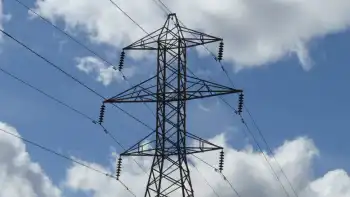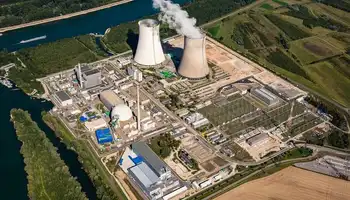Jordan looking for sustainable energy supply
By Industrial Info Resources
NFPA 70b Training - Electrical Maintenance
Our customized live online or in‑person group training can be delivered to your staff at your location.

- Live Online
- 12 hours Instructor-led
- Group Training Available
Jordan has a free market economy, where business ownership is largely private. The main earners of foreign currency for the country are expatriate remittances, exports and tourism. Jordan's economy is service-oriented, with one-third contributed by the agricultural and industrial sectors.
In 2008, the cost of consumed energy in Jordan was (US)$3.9 billion. The country is facing a challenge in the securing of energy supply due to:
• Almost no indigenous energy resources;
• Strong dependence on imported energy, with 97% of the country's energy imported in 2008;
• High costs, with energy imports accounting for 21% of gross domestic product in 2007;
• High growth of primary energy demand.
An integrated law for energy and mines probably will be issued before the end of 2009, and a regulatory commission for the energy sector will be established with reference to that law. The law aims to secure the legal and regular frameworks that could promote the performance of the sector and its flexibility.
Jordan is continuing to secure and achieve sustainability in its energy sector:
• A commercial arrangement with Royal Dutch Shell was signed to utilize the deep oil shale for oil production;
• Memorandums of understanding were signed with eight international companies for oil production from surface oil shale. One of these companies was Estee Energy, which presented an economic feasibility study that was valuated, and the commercial agreement is now in the negotiation stage;
• The first project to utilize the oil shale for electricity generation by direct burning was started through an agreement with Estee Energy on April 4, 2008, to build electricity power generation of 600 to 900 MW capacity, expected to be commercially operated by 2015;
• In 2008, more than 80% of generated electricity in the country was produced using natural gas;
• Negotiations are being held to improve the Al-Risha gas field;
• The first stage of the first independent power project (IPP) in East Amman became operational in July 25, 2008, with a capacity of 264 MW. The project will be operated with full capacity by third quarter of 2009;
• The KEPCO-Xenal construction was selected as the first-ranked sponsor to implement the second IPP project in Qatraneh with capacity of 373 MW, and the consortium is in the process to complete the procedures to achieve financial closure;
• A tender was proposed to increase the production capacity of Samra Power Station by 200 MW to meet the electricity demand in 2010;
• Negotiation with international companies to establish four marketing companies and a logistic company through an international tendering process is ongoing.
Electricity production in Jordan is still predominantly based on thermal power plants, primarily using fuel oil and gas oil. The tendency to move toward natural gas is increasing due to the resource's economic and environmental benefits, especially now that gas networks are becoming increasingly available in Jordan after a contract was signed in April 2008 with Egypt to secure additional gas (0.7 billion to 1 billion cubic meters) for electricity generation. The total energy consumption for 2005, 2006, 2007 and 2008, was 8,712, 9,593, 10,553 and 11,503 gigawatt-hours, respectively, which shows a continuing increase in energy demand.
This means Jordan must find ways to manage this increase by looking for renewable energy to secure supply by diversity of energy resources, especially wind energy.











